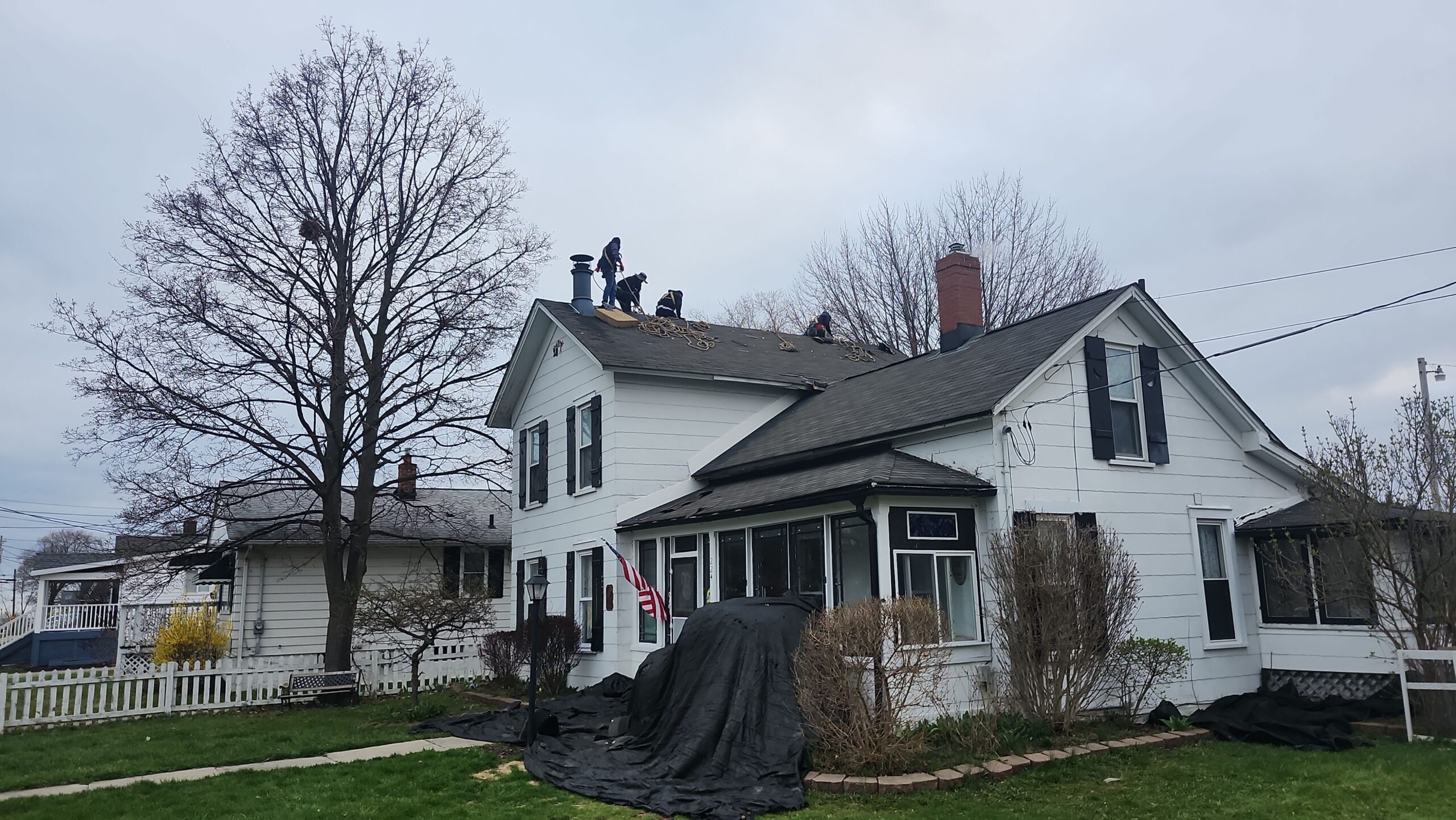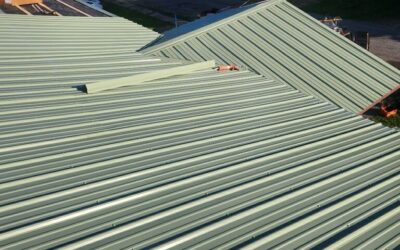How a Residential Contractor Can Transition to Commercial Roofing
Transitioning from residential to commercial roofing can be a game-changer for contractors looking to grow their business, increase revenue, and expand into new markets. While both types of roofing have similarities, commercial roofing presents its own unique set of challenges, opportunities, and standards. For residential contractors, the move into commercial work can be both rewarding and daunting. In this guide, we’ll walk through the steps, considerations, and best practices for successfully transitioning into the commercial roofing sector.
Table of Contents:
- Why Make the Transition?
- Differences Between Residential and Commercial Roofing
- Developing a Business Strategy
- Understanding Commercial Roofing Systems
- Training and Certification Requirements
- Building a Commercial Portfolio
- Upgrading Equipment and Tools
- Marketing to Commercial Clients
- Bidding and Estimating for Commercial Jobs
- Navigating Commercial Contracts and Insurance
- Building Relationships with Suppliers and Manufacturers
- Hiring and Training the Right Crew
- Safety Standards and OSHA Compliance
- Financial Planning and Cash Flow Management
- Final Thoughts: Long-Term Success in Commercial Roofing
1. Why Make the Transition?
Residential roofing contractors often consider commercial roofing to:
- Access higher revenue jobs
- Work on larger projects
- Build relationships with businesses and property managers
- Increase stability with long-term service contracts
2. Differences Between Residential and Commercial Roofing
Commercial roofing differs in:
- Scale: Commercial roofs are larger and more complex.
- Materials: Use of TPO, EPDM, PVC, modified bitumen, etc.
- Installation methods: More technical and varied.
- Regulations: Tighter building codes and warranty requirements.
- Project length and coordination: Often longer and involve multiple subcontractors.
3. Developing a Business Strategy
A successful transition starts with a solid plan:
- Identify target commercial sectors (retail, education, healthcare, etc.)
- Analyze competitors and local demand
- Build partnerships with property managers and developers
- Set short and long-term goals
4. Understanding Commercial Roofing Systems
Get familiar with:
- Flat and low-slope roofing systems
- Common commercial materials (BUR, SPF, metal roofing, etc.)
- Roofing insulation types and their R-values
- Drainage systems and waterproofing details
5. Training and Certification Requirements
Invest in:
- Manufacturer certifications (Carlisle, Firestone, GAF, etc.)
- OSHA training and safety certifications
- Specialized courses on flat roofing systems
- Attending trade shows and workshops
6. Building a Commercial Portfolio
- Start with small jobs (repair or re-roofing)
- Document each project thoroughly
- Collect testimonials and case studies
- Use before-and-after photos to show results
7. Upgrading Equipment and Tools
Commercial jobs often require:
- Larger crews and heavier equipment
- Safety harness systems and scaffolding
- Heat welders, spray rigs, and specialized rollers
- Advanced leak detection tools and thermal imaging devices
8. Marketing to Commercial Clients
- Create a commercial-specific section on your website
- Use LinkedIn to network with business owners and facility managers
- Attend local Chamber of Commerce events
- Run email campaigns targeting commercial property owners
- Include commercial jobs in your Google Business Profile
9. Bidding and Estimating for Commercial Jobs
- Understand how to read blueprints and specifications
- Account for labor, materials, permits, insurance, and overhead
- Use estimating software designed for commercial jobs
- Always review contracts carefully for scope and liability clauses
10. Navigating Commercial Contracts and Insurance
- Understand AIA contracts and terms
- Carry appropriate general liability and worker’s comp insurance
- Know local codes and legal obligations
- Work with legal counsel to review contracts when needed
11. Building Relationships with Suppliers and Manufacturers
- Establish credit accounts with commercial suppliers
- Partner with reps from top roofing manufacturers
- Join manufacturer preferred contractor programs
- Stay informed about product innovations
12. Hiring and Training the Right Crew
- Look for team members with commercial experience
- Offer ongoing training and career growth
- Create a culture of safety and professionalism
- Use team leads to manage large site logistics
13. Safety Standards and OSHA Compliance
- Commercial work has strict OSHA requirements
- Implement a written safety program
- Perform regular job site inspections
- Document all training and incidents
14. Financial Planning and Cash Flow Management
- Commercial projects may have delayed payments
- Ensure sufficient cash flow to cover payroll and materials
- Use project management tools to track expenses and progress
- Set aside funds for insurance, bonds, and emergencies
15. Final Thoughts: Long-Term Success in Commercial Roofing
Transitioning to commercial roofing isn’t just a leap—it’s a structured process. With the right education, tools, and mindset, residential contractors can thrive in the commercial space. Focus on learning, networking, and consistent quality, and your business can achieve long-term growth and sustainability.
S&K Construction and Remodeling LLC Serving Youngstown, Beachwood, Chagrin Falls, Medina, Twinsburg, and Northeast Ohio.
We specialize in both residential and commercial roofing services. If you’re a business owner looking to partner with an experienced contractor or a homeowner needing a roof upgrade, contact us at www.skroofingandconstruction.com for a free estimate. Financing options available for qualified clients.
Grow with us—build better, stronger, and smarter.
 (440) 307-2060
(440) 307-2060


